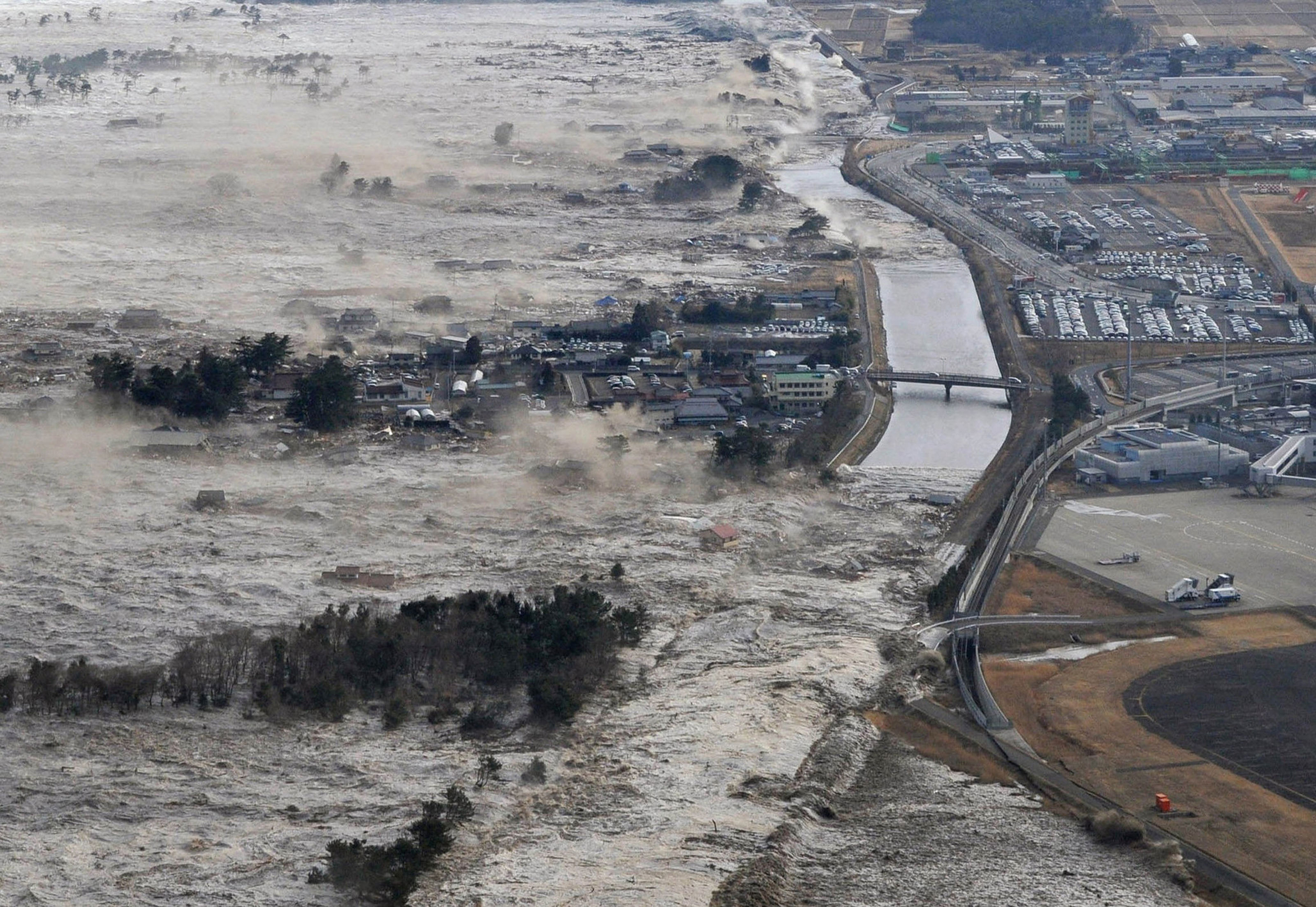RAPSODI (Risk Assessment and design of Prevention Structures fOr enhanced tsunami DIsaster resilience) focuses on the quantitative assessment of vulnerability and analyzing loads on structures. The project will involve extensive knowledge exchange between the partners to promote and develop new and innovative solutions.
Project description
In RAPSODI, the huge amount of field data and experience gained from the Tohoku 2011 tsunami will be used to understand better the overall vulnerability to tsunamis and the specific mechanisms that lead to or contribute to the collapse of buildings and infrastructure as well as the performance of selected coastal structures.
Based on the findings from the Tohoku 2011 tsunami, a tsunami risk assessment model will be developed.
The development of the model includes the application and validation of numerical models, laboratory analysis, the subsequent derivation of empirical relations for damage and fatalities as a function of tsunami flow depth, current velocities, fluxes, and the impact of debris as well as an analysis of the socio-economic and the environmental conditions that lead to tsunami impacts.
To achieve this, the project has defined four major research topics (sub-projects) in addition to networking, exchange, and dissemination:
- Field data analysis and literature review
- Numerical and hydraulic modeling
- Tsunami risk model
- Innovative mitigation and resilience
Networking, exchange, and dissemination
The project will involve extensive knowledge exchange between the partners to promote and develop new and innovative solutions. This will be done by exchanging experience, knowledge, and scientific results between Japanese and European tsunami experts and disseminating project outcomes.
A strong focus is put on cooperation between the four RAPSODI partners, networking and exchanging knowledge through small-scale joint scientific events, dissemination of results, and utilization of complementary expertise between Japan and the European partners. The project will establish the partners as a stronger consortium for future joint Euro-Japan Research.
Background
CONCERT-Japan is an international ERA-NET program to enhance the cooperation of European countries with Japan in various areas of science and technology.
In 2012, CONCERT-Japan announced a Research and Innovation Joint Call within two scientific areas:
- Efficient energy storage and distribution
- Resilience against disasters
Together with partners PARI (Japan), TU Braunschweig (Germany), and MEtsunamiTU (Turkey), NGI sent an application and was successfully awarded funding for a project within Resilience against Disasters, called RAPSODI (Risk Assessment and design of Prevention Structures fOr enhanced tsunami DIsaster resilience).
This work is supported by funding from the CONCERT-Japan Joint Call on Efficient Energy Storage and Distribution/Resilience against Disasters. The CONCERT-Japan program is funded through the 7th EU Framework Programme for Research and Technological Development (FP7) and runs from January 2011 to December 2013. The core consortium of CONCERT-Japan consists of 13 organizations from 9 countries (Turkey (coordinator), Germany, France, Hungary, Italy, Spain, Switzerland, Norway, and Japan). In addition, several observers are involved in some parts of the project.

RAPSODI
The overall aims of the RAPSODI project are to develop a framework for quantitative tsunami risk assessment and to design tsunami mitigation structures to improve resilience against tsunami impacts. The project focuses on the quantitative assessment of vulnerability and analyzing loads on structures.
Laboratory studies of tsunami impacts on buildings, structures, and coastal protection for various foundations and designs will be performed to establish a matrix for various types of structures and buildings with their potential failure modes. Numerical tsunami models will be applied to analyze current velocities and flux around structures and in complex topographies. Further, assist in the design of prevention structures and quantitative risk assessment.
The Tohoku tsunami 2011 event clearly showed the potential for massive destruction of buildings, infrastructure, and coastal protection by tsunami waves. A huge amount of data has been collected during and after the event, allowing a retrospective analysis. The project will thoroughly investigate the vulnerability criteria and failure mechanisms of buildings and coastal protection structures to improve infrastructure, coastal protection, and the preparedness of coastal communities exposed to tsunamis. Field data and the experience gained from the 2011 event will be used to understand the performance of selected coastal structures, validate models, and evaluate the functionality of the deliverables of the project.
A strong focus is put on cooperation between the four partners NGI (Norway), PARI (Japan), TU Braunschweig (Germany), and METU (Turkey), networking and exchange of knowledge by small-scale joint scientific events, dissemination of scientific results, and utilization of complementary expertise between Japan and the European partners. The project will establish the partners as a more robust consortium for future joint Euro-Japan research.







